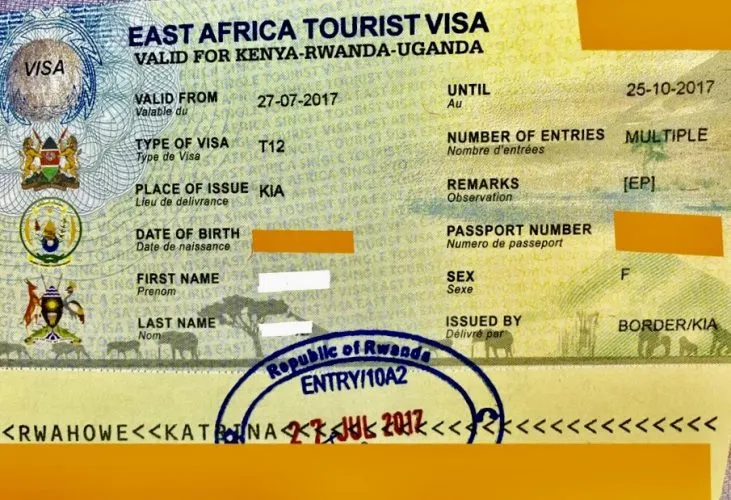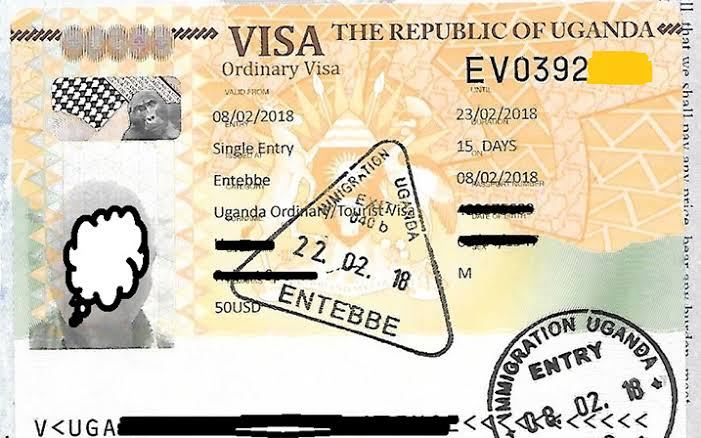
Where to Find Tanzania’s Best Beaches?
May 7, 2025
Does Tanzania Offer Luxury Safaris?
May 7, 2025When Should You Climb Kilimanjaro?
There’s a moment that happens just before dawn at nearly 6,000 meters above sea level. The stars begin to fade behind a veil of pink and gold, the wind slows, and the silence stretches over the glacial slopes of Kilimanjaro like a whisper of eternity. In that space between breathlessness and awe it becomes clear: climbing this mountain is not just a physical pursuit; its a deeply personal pilgrimage.
But when is the right time to take that first step toward the summit of Africa’s highest peak?
The answer isn’t just about weather or logistics. It’s about readiness emotional, mental, and physical. Kilimanjaro invites the prepared, the curious, and those willing to shed the noise of the everyday in exchange for something greater. Still, the seasons and conditions matter, and choosing the right moment can make the experience transformative rather than simply survivable.
Understanding Kilimanjaro’s Seasons
Kilimanjaro doesn’t have winter or summer in the traditional sense. Its proximity to the equator means temperature shifts little throughout the year. Instead, what shapes the experience are the rainy and dry seasons.
Best Time: January to March & June to October
These are the clearest and most popular windows for climbing. January to March brings slightly colder temperatures at the summit, but the mountain is quieter. The crisp air often leads to breathtaking, snow-dusted panoramas. It’s a time for those who don’t mind a bit of chill for the sake of solitude.
June to October offers more warmth and less precipitation. It’s the peak season for a reason the skies are generally clear, the trails more sociable. There’s camaraderie in the campgrounds and laughter around evening meals. This period is ideal for first-timers or those who thrive on shared experience.
Shoulder Seasons: April–May & November
These months see heavy rains due to the long and short rainy seasons. Trails become slick, clouds obscure views, and discomfort can eclipse the majesty of the journey. Still, some seasoned climbers choose this time for the quiet. The mountain belongs only to a few during these weeks, and that solitude can feel sacred. It’s not the easy path but for some, the rawness makes the reward even richer.
More Than Weather: When Life Aligns
Often, the best time to climb Kilimanjaro isn’t on a calendar it’s when life calls for it.
A Moment of Transition
Many reach for the summit during life’s in-betweens: after a career change, before a marriage, following a loss, or ahead of a milestone birthday. The climb becomes symbolic a way to mark a turning point. On the mountain, thoughts slow. Everything unnecessary falls away. Whats left is clarity, hard-won with every step above the clouds.
When the Body is Ready
Kilimanjaro isn’t a technical climb no ropes, no ice axes but it demands stamina. Long hours on the trail, altitude shifts, and camping in the cold all ask for physical resilience. The best time to climb is after months of preparation. When muscles feel strong, lungs expansive, and rest becomes a ritual, then the mountain feels more like an ally than an adversary.
When the Mind Can Be Still
Perhaps the most overlooked preparation is mental. There are stretches on Kilimanjaro where conversation fades and only the rhythm of boots on volcanic gravel remains. The summit push often starts at midnight, with frozen hands, pounding headaches, and a long line of headlamps snaking toward the stars. Mental endurance, the kind forged through meditation, practice, or simply quiet strength, makes the summit possible. When the mind learns not to resist discomfort but to meet it, then Kilimanjaro becomes climbable.
Choosing the Right Route
Each of Kilimanjaro’s seven official routes offers a different rhythm and scenery. Timing your climb might also depend on which path calls out.
-
The Machame Route is known as the Whiskey Route for its challenge and beauty lush rainforests, sweeping ridgelines, and varied ecosystems. Best tackled in the dry season.
-
The Lemosho Route offers a longer, more gradual ascent. Perfect for those wanting more time to acclimatize. Ideal nearly year-round, with the exception of peak rain months.
-
The Rongai Route approaches from the north and remains drier during the rainy seasons, making it a strategic choice for off-season treks.
-
The Marangu Route, or Coca-Cola Route,†is the only one with huts instead of tents, often preferred in the wetter months for shelter and comfort.
Understanding the feel of each route helps match the time of year with the experience sought whether solitude, scenery, or social connection.
When the Heart Says Yes
Sometimes it’s not logic or logistics that make the decision it’s something deeper. Kilimanjaro represents more than a geographical high point. For many, it becomes a symbol of something internal: courage, healing, purpose. The best time to climb is when that inner calling grows too strong to ignore.
Some arrive with quiet grief in their bones and leave feeling lifted. Others come seeking adventure and discover discipline. Some walk simply to remember how to breathe again.
Practical Wisdom
To translate the dream into reality, there are a few grounded considerations that align with timing:
-
Book in advance during peak season guides and permits fill up quickly.
-
Train three to six months out, focusing on endurance hikes and altitude conditioning.
-
Invest in good gear, especially waterproof boots, layered clothing, and a reliable headlamp.
-
Travel with a trusted guide company that understands acclimatization and safety.
-
Plan extra time for rest before and after the climb. The mountain gives much, but it also asks much in return.
Final Thoughts: The Summit is Only Half the Story
The peak of Kilimanjaro is unforgettable a sign reading Uhuru Peak, 5895m and a sunrise that feels like the soul of the earth itself. But the real gift is what happens long before and after that moment: the friendships forged on the trail, the insights uncovered in silence, the courage shaped by adversity.
The best time to climb Kilimanjaro? It’s when preparation meets longing. When the heart beats faster at the thought of the unknown, and the world below feels too small to hold the person you are becoming.
For those moments, Kilimanjaro waits.




